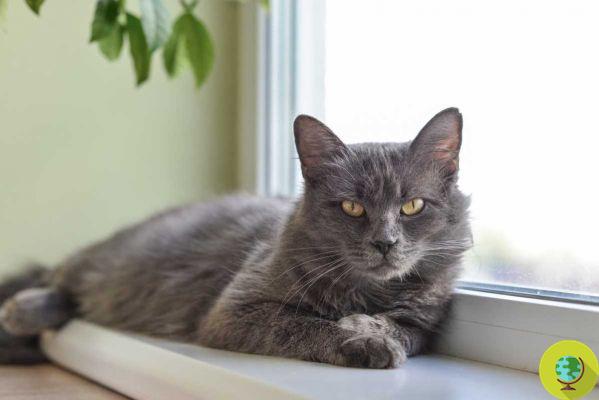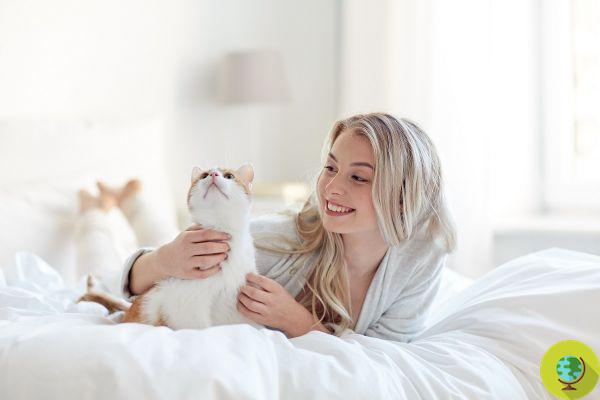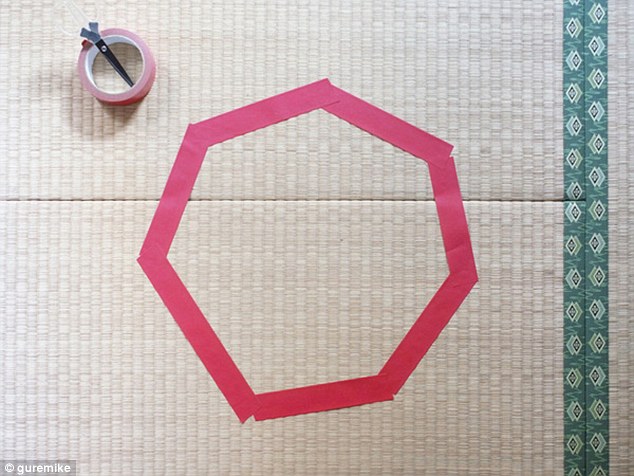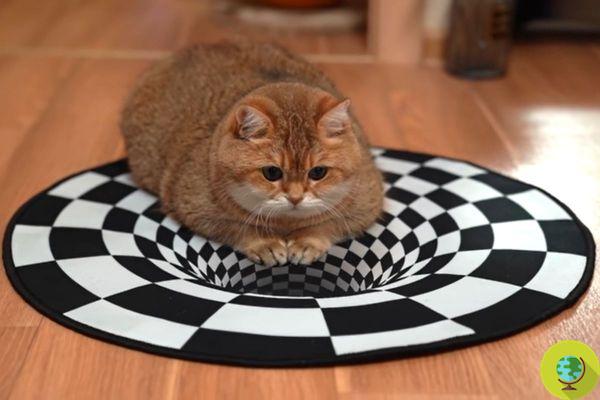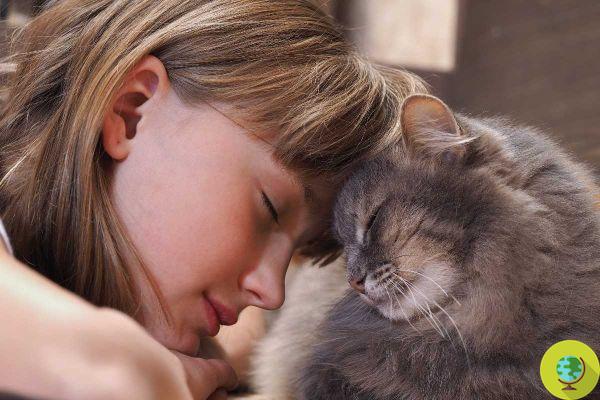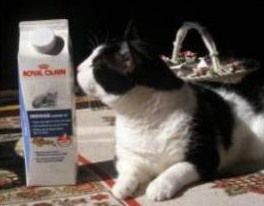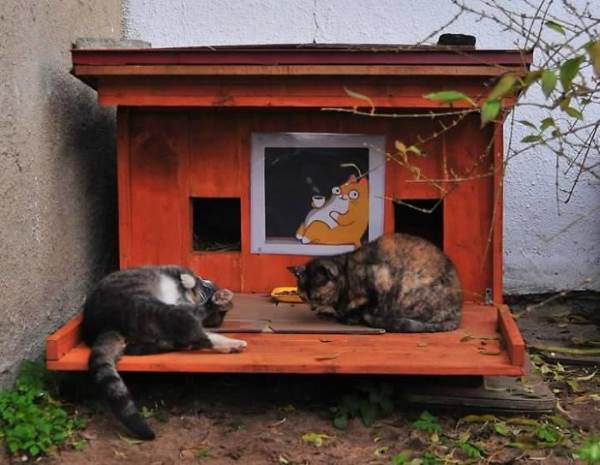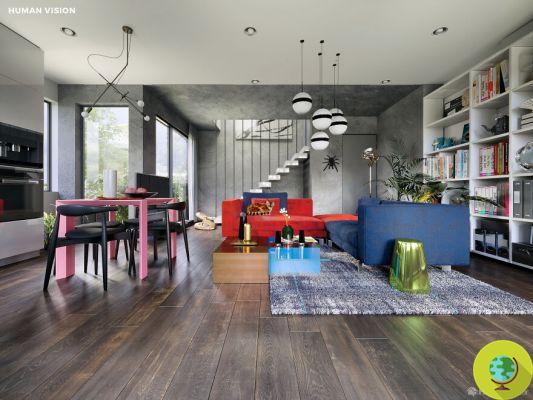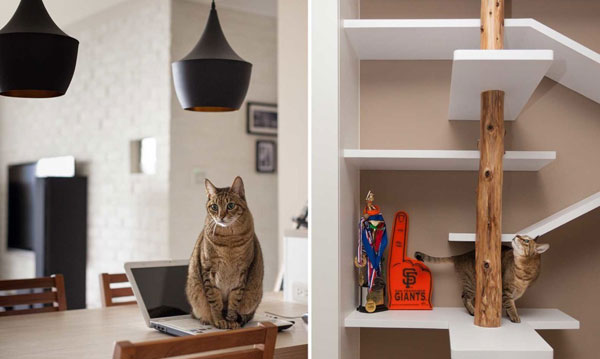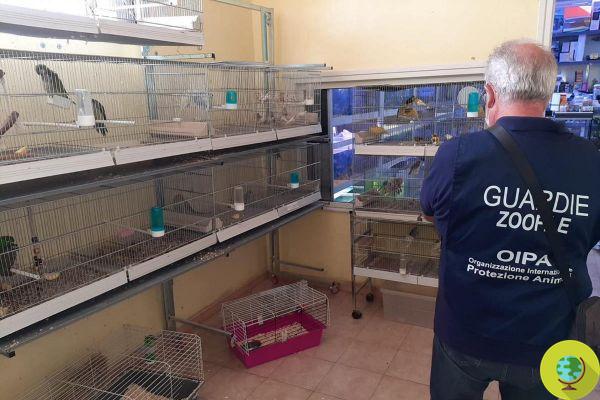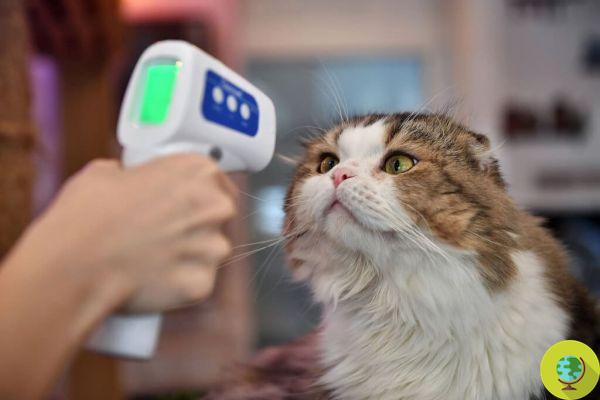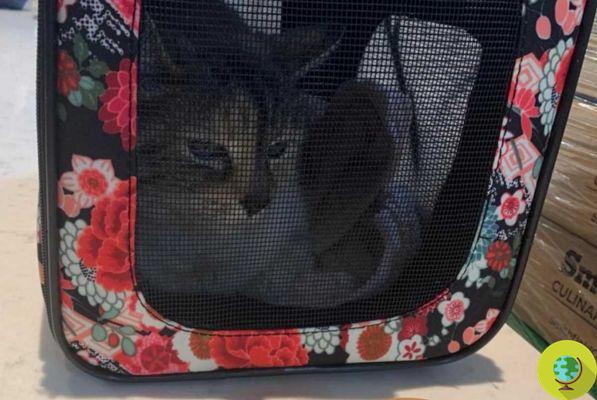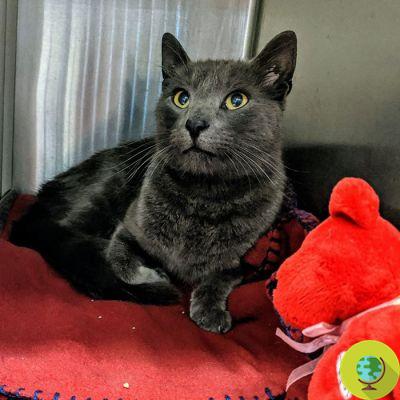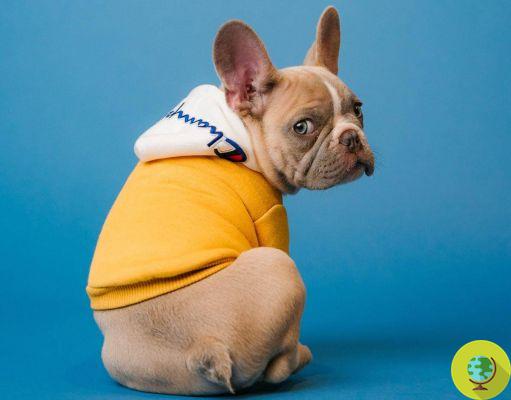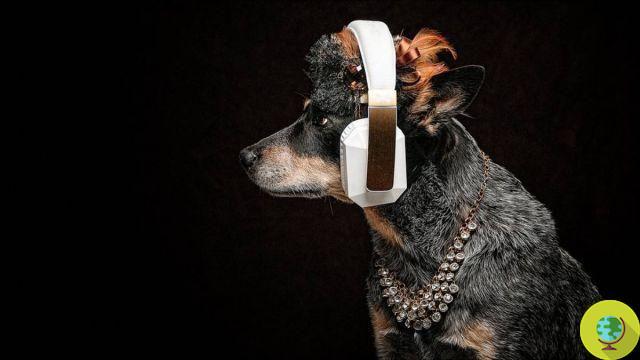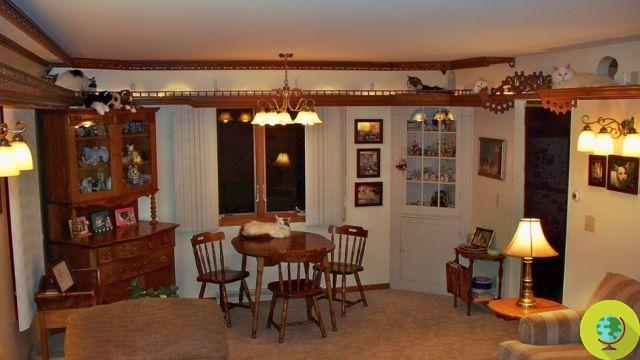Cat litter boxes contain no controversial ingredients but are of different quality according to a new German test that rewards Lidl
If you have cats at home, you will certainly buy litter boxes for them. But what are the best products on the market? He tried to answer a new test conducted in Germany.
A good cat litter box should be absorbent, contain odor, release dust as little as possible and be free of harmful substances. But do the litter boxes on the market really meet all these expectations?
To understand this, the German magazine Öko-Test bought and compared 20 cat litter boxes, mainly sold in Germany in discount stores, supermarkets, pharmacies and specialty stores. It was about 16 clumping and 4 non-clumping litters of different materials: mineral bedding, which consists mainly of absorbent natural clay or bentonite, but also products made with plant fibers, wood and cellulose.
Laboratories were asked to analyze individual products to see if they contained traces of heavy metals or breathable microscopic fibers.
Attention was also focused on an extensive practical test aimed at evaluating the formation of lumps or the binding of liquids in the case of non-clumping litter, but also how odor control occurs, whether the products generate dust when they are poured into the litter and how easily the needs of the animals can be removed.
Last but not least, packaging was considered, more specifically how easily the litter can be removed, how to transport it, open it, store it and dispose of it. The plastic packaging has also been tested for environmentally harmful chlorinated compounds such as PVC. Finally, the experts went looking for misleading claims or missing information.
The results
In the following infographics you can see all the brands of litter sampled.

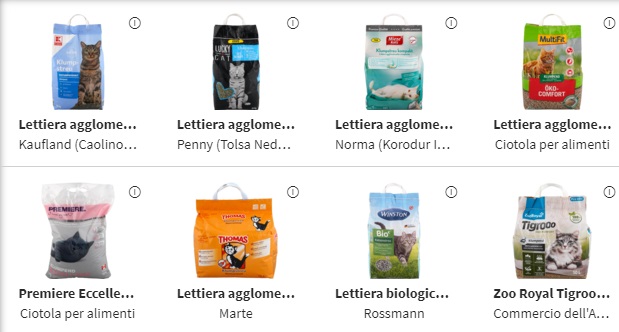
Almost half got "good" but only one is there test winner litter and earns top marks. This is the product sold by Lidl.
Other litter sold in our country are Biokat's getting "good" and Catsan and Cat's best getting a "satisfactory".
The good news is that No ingredients that are problematic for cats have been found in any litter boxes and for their owners. However, some products were penalized as they did not convince on the practical side.
As for the absorbency of the litter, the experts have verified the stability of the lumps that form following contact with urine in the clumping litter while for the non-clumping litter they have made several checks including that, at regular intervals, to understand whether the material had completely absorbed the liquid.
With regard to the release of odor, on the other hand, the experts evaluated the situation for a period of 24 hours after having spread artificial urine in the litter. They also analyzed the ammonia content after 30 hours. The odor test gave results ranging from "good" to "sufficient" depending on the brand.
As for the release of dust, 5 litter boxes did not pass the test while in terms of the simplicity of removing the cat's needs, clumping litter boxes were easier to manage than the others, where waste is more difficult to remove. .
The best litters from an environmental point of view
German experts specify that while plant-based or wood-based bedding is of organic origin, cellulose fibers often come from industrial waste from the production of cardboard and non-woven products. Those who care about sustainability should use plant-based fiber cat litter.
It is in particular the bentonite, a clayey mineral, the most problematic material from the environmental point of view that is used in the composition of the bedding. Clay is indeed a natural product, but extraction and processing require a lot of energy. Furthermore, when bentonite is disposed of in waste incineration, slag is produced which must be sent to landfill.
The carbon dioxide release potential per liter of bentonite-based bedding is 428 grams. For wood fibers it is 79 grams, according to calculations by ESU-Services, which specializes in ecological balances.
In addition, less fossil energy is used to produce wood-based or vegetable fiber-based bedding than bentonite. Often these are dried and pressed wood pellets or leftovers from grain production.
Follow your Telegram | Instagram | Facebook | TikTok | Youtube
Fonte: Eco-Test
Read also:
- Cat litter: how to choose the best one
- Ecological, effective and cost-free cat litter with these ingredients that you surely have at home







